Biphenyl-3-boronic acid
Synonym(s):(3-Phenylphenyl)boronic acid;3-(Dihydroxyboryl)-1,1′-biphenyl;3-Phenylbenzeneboronic acid
- CAS NO.:5122-95-2
- Empirical Formula: C12H11BO2
- Molecular Weight: 198.03
- MDL number: MFCD01318102
- EINECS: 671-848-2
- SAFETY DATA SHEET (SDS)
- Update Date: 2025-07-24 18:13:52
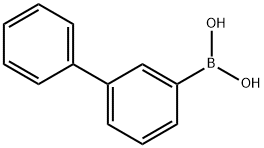
What is Biphenyl-3-boronic acid?
Chemical properties
yellow crystal powder
The Uses of Biphenyl-3-boronic acid
suzuki reaction
The Uses of Biphenyl-3-boronic acid
It is a biological reagent used as a boronate-assisted fluorogenic chemosensor. It is evaluated for pharmacological activity as fatty acid amide hydrolase inhibitors. It is a reactant involved in coupling with potassium cyanate, quinones, or fluorous tagged N-hydroxyphthalimide and direct C-H arylation of electron-deficient heterocycles.
The Uses of Biphenyl-3-boronic acid
Biological reagent used as a boronate-assisted fluorogenic chemosensor
Evaluated for pharmacological activity as fatty acid amide hydrolase inhibitors
Reactant involved in:
- Coupling with potassium cyanate, quinones, or fluorous tagged N-hydroxyphthalimide
- Direct C-H arylation of electron-deficient heterocycles
Properties of Biphenyl-3-boronic acid
| Melting point: | 193-198 °C (lit.) |
| Boiling point: | 411.0±38.0 °C(Predicted) |
| Density | 1.18±0.1 g/cm3(Predicted) |
| storage temp. | Keep in dark place,Sealed in dry,Room Temperature |
| solubility | DMSO (Slightly), Methanol (Slightly) |
| form | solid |
| pka | 8.30±0.10(Predicted) |
| color | White to Off-White |
| Water Solubility | Insoluble in water. |
| BRN | 2836311 |
| CAS DataBase Reference | 5122-95-2(CAS DataBase Reference) |
Safety information for Biphenyl-3-boronic acid
| Signal word | Warning |
| Pictogram(s) |
 Exclamation Mark Irritant GHS07 |
| GHS Hazard Statements |
H315:Skin corrosion/irritation H319:Serious eye damage/eye irritation H335:Specific target organ toxicity, single exposure;Respiratory tract irritation |
| Precautionary Statement Codes |
P261:Avoid breathing dust/fume/gas/mist/vapours/spray. P264:Wash hands thoroughly after handling. P264:Wash skin thouroughly after handling. P280:Wear protective gloves/protective clothing/eye protection/face protection. P304+P340:IF INHALED: Remove victim to fresh air and Keep at rest in a position comfortable for breathing. P305+P351+P338:IF IN EYES: Rinse cautiously with water for several minutes. Remove contact lenses, if present and easy to do. Continuerinsing. P405:Store locked up. |
Computed Descriptors for Biphenyl-3-boronic acid
| InChIKey | GOXICVKOZJFRMB-UHFFFAOYSA-N |
New Products
Indole Methyl Resin tert-butyl 9-methoxy-3-azaspiro[5.5]undecane-3-carboxylate Boc-His(Boc)-OH 2-CTC Resin 4-Chloro-7-tosy1-7Hpyrrolo[2,3-d]pyrimidine 5,7-Dibromo-1H-indole 2,5-dichloro-N-hydroxy-4,6-dimethylpyridine-3-carboximidamide 2,2-Dimethoxy-7-azaspiro[3.5]nonane hydrochloride 4-chloromethyl-5-methyl-1,3-dioxol-2-one (DMDO-Cl) R-2-BENZYLOXY PROPIONIC ACID 1,1’-CARBONYLDIIMIDAZOLE 1,1’-CARBONYLDI (1,2-4 TRIAZOLE) N-METHYL INDAZOLE-3-CARBOXYLIC ACID 4-((2-hydroxyethyl)thio)benzoic acid 1-(TERT-BUTOXYCARBONYL)-2-PYRROLIDINONE Methyl 6-methylnicotinate 3-Pyridineacrylic acid tert-Butyl carbazate TETRAHYDRO-2H-PYRAN-3-OL 2-((4-morpholinophenylamino) (methylthio) methylene) malononitrile 3-(4-morpholinophenylamino)-5-amino-1H-pyrazole-4-carbonitrile 2,4-dihydroxybenzaldehyde 1,3-Diethyl-1,3-Diphenylurea Methyl 2-methylquinoline-6-carboxylateRelated products of tetrahydrofuran
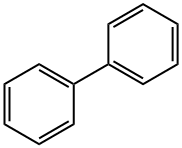
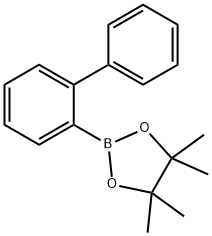
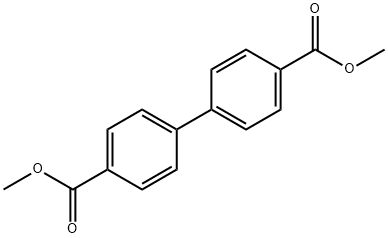

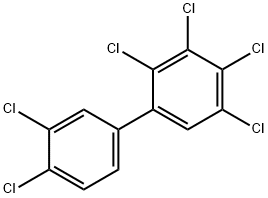


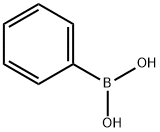
You may like
-
 Biphenyl-3-boronic acid CAS 5122-95-2View Details
Biphenyl-3-boronic acid CAS 5122-95-2View Details
5122-95-2 -
 Biphenyl-3-boronic acid >98% (HPLC) CAS 5122-95-2View Details
Biphenyl-3-boronic acid >98% (HPLC) CAS 5122-95-2View Details
5122-95-2 -
 3-Biphenylboronic Acid (contains varying amounts of Anhydride) CAS 5122-95-2View Details
3-Biphenylboronic Acid (contains varying amounts of Anhydride) CAS 5122-95-2View Details
5122-95-2 -
 Pyridine 99.5% HPLC /UV SpectroscopyView Details
Pyridine 99.5% HPLC /UV SpectroscopyView Details
110-86-1 -
 Piperazine Spot supply, best priceView Details
Piperazine Spot supply, best priceView Details
110-85-0 -
 Dibutyl PhthalateView Details
Dibutyl PhthalateView Details
84-74-2 -
 Imidazole Spot supply, competitive priceView Details
Imidazole Spot supply, competitive priceView Details
288-32-4 -
 Thiourea 99% ARView Details
Thiourea 99% ARView Details
62-56-6
Statement: All products displayed on this website are only used for non medical purposes such as industrial applications or scientific research, and cannot be used for clinical diagnosis or treatment of humans or animals. They are not medicinal or edible.
